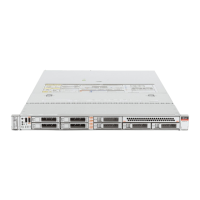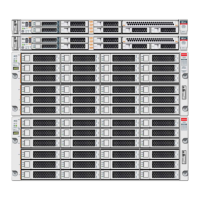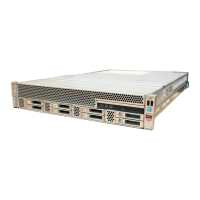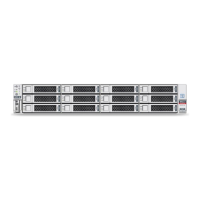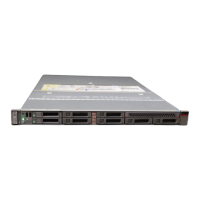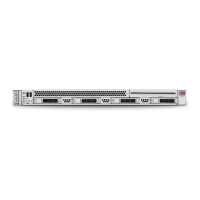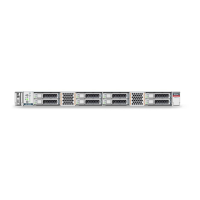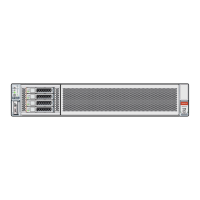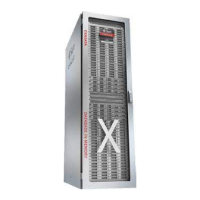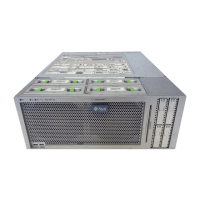Configure RAID (Oracle Hardware Management Pack)
56 Oracle X6 Series Servers Administration Guide • April 2016
including the OS. If you change the RAID configuration on a boot drive, you must reinstall
the OS.
Tool Description Supported RAID Levels Documentation
Oracle Hardware
Management Pack
See “Oracle Hardware Management
Pack” on page 17. Command-line server
management tool that can be used to configure
drives (except boot drives) after the operating
system has been installed.
Review the output of the
raidconfig list controller
subcommand.
“Configure RAID
(Oracle Hardware
Management
Pack)” on page 56
MegaRAID Command
Tools
Command-line RAID configuration
application that must be installed on the server
after the operating system has been installed.
■ RAID 0
■ RAID 1
■ RAID 5
■ RAID 6
■ RAID 00
■ RAID 10
■ RAID 50
MegaRAID SAS Software
User Guide at:
http://www.lsi.com/
sep/Pages/oracle/
index.aspx
Configure RAID (Oracle Hardware Management
Pack)
Before you begin, ensure the following:
■
The disk drives have been properly installed on the server.
For more information, review the server service manual.
■
The host bus adapter (HBA) installed on the server is supported.
A list of supported HBAs is provided in the server product notes.
■
If the server is running a UNIX-based platform, you have root permission.
■
If the server is running Windows, you have administrator privileges.
■
If the server is running the Oracle Solaris operating system, note the following:
■
On Oracle Solaris, raidconfig is not compatible with the raidctl CLI tool.
raidconfig supports SAS2, but the raidctl tool does not.
■
For servers running Oracle Solaris, after hot-plugging any device, run the devfsadm -C
command to reenumerate all of the system device nodes before running the raidconfig
command.
Caution - Changing the RAID configuration erases all the data on the affected drives, including
the OS. If you change the RAID configuration on a boot drive, you must reinstall the OS.
1.
Access the operating system command line.
For more information, see “Accessing Oracle Hardware Management Pack” on page 31.
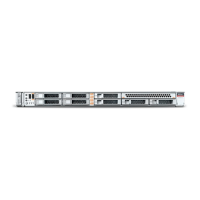
